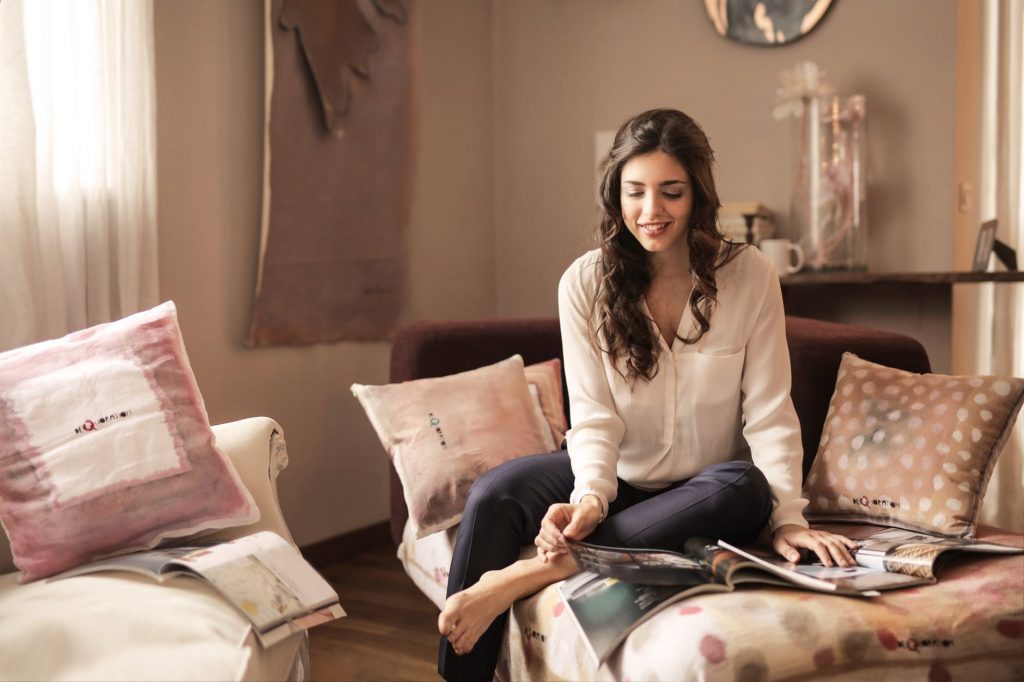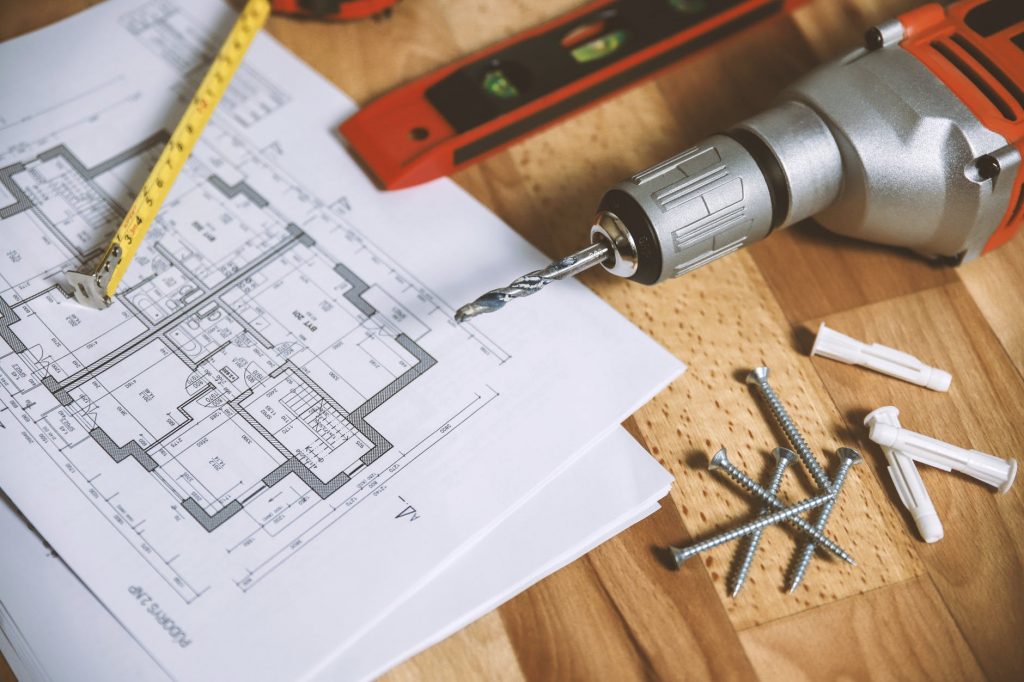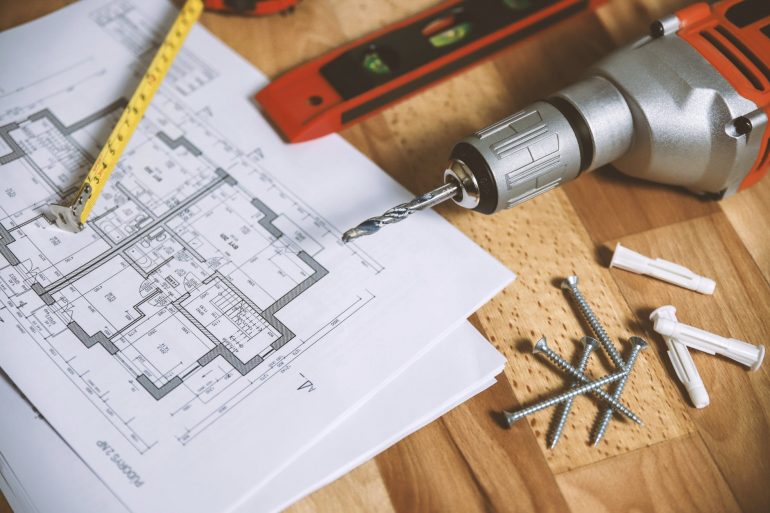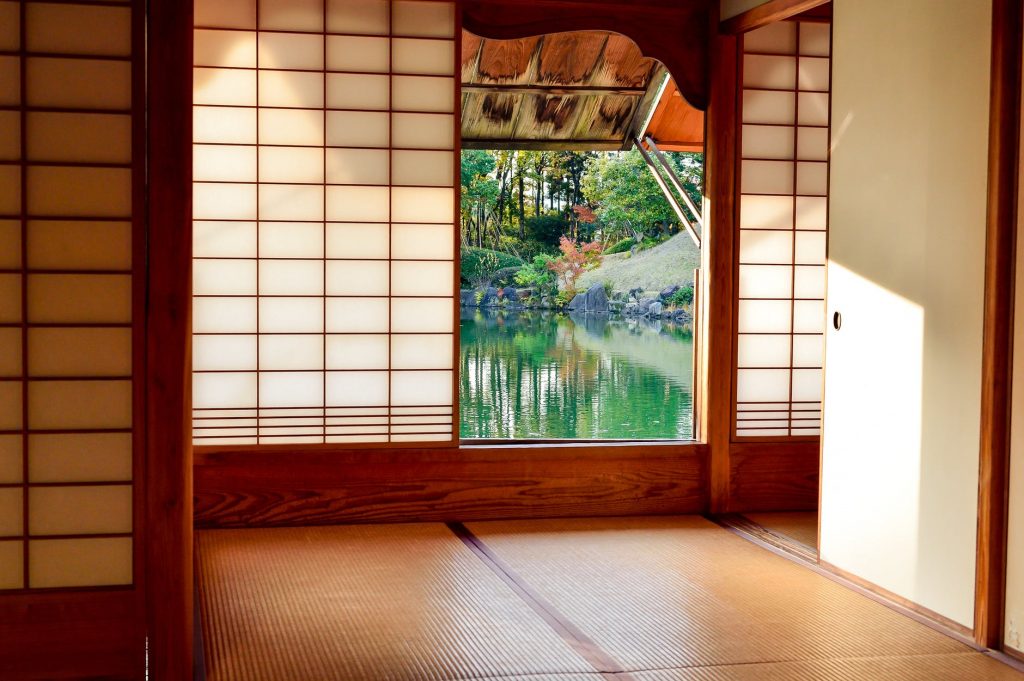
When it comes to decorating your property, sometimes it can be hard to continually renew our sense of interior design inspiration. It’s not as if we’re given a handcrafted manual for every property we purchase. There is no manual detailing what should go where, which color schemes to use and to frame all of this within Feng Shui perspectives of room energy flow. That is why it’s so important to work with a professional interior designer who has training in these areas.
When it feels as though your inspiration is getting a little flat, you might have some trouble on your hands. This is particularly true if you’re if you’re having to deal with the minor emotional cost of not being completely happy in your space. In an effort to become inspired, we’d recommend opening yourself up to the following: In Connecticut, have a discussion with an interior designer in Farmington, CT who can inspire you with fresh ideas and a new perspective.
New Cultures
It can very much pay to take inspiration from other cultures when hoping to expand your designing repertoire. While not all cultures can blend in with one another, and there are subtle ways to ‘take inspiration’ here, this can lend some value. There are many variants of decoration from culture to culture. Some are very different unexpected norms. For example, it’s not uncommon for a Japanese dinner table to be lower and provided with cushions for seating, rather than the full grand dining table often found in English homes.
It can very much pay to head abroad and see the use of lighting, color schemes, and furniture placement. For example, heading to Indonesia finding properties through https://www.rumah.com/ruko/disewa could allow you to see how cultures make use of varied space allowances. This might mean viewing one bedroom apartments above stores, to seeing how families are able to share larger spaces. It might mean finding a more appropriate and subtle manner of introducing a welcome pedestrian to the property and the entrance.
You may find small elements to even steal an idea from here. For example, a lantern might seem out of place in a modern home, but when implemented they are an attractive, slightly bohemian and useful method of ambiance lighting. You never know what small issue could be fixed by taking ideas from other cultures. This might mean implementing a mini chimenea as the fireplace in one of your properties, instead of installing an electric implement (provided safety and ventilation considerations are taken into account.)
Mood Boards
Now, when taking inspiration from anything, you need to document your thoughts. Otherwise, you’ll simply live in an ethereal and strange land of inspiration that rarely keeps any practical results. This can be frustrating, especially if you’re only just starting out. Talk to your interior decorator, they can create a vision that you can comprehend. This is where mood boards come in, and why they are so useful. Mood boards are the fantastic ability to document disparate thoughts and ideas, but with a grounding that helps you put things into perspective.
While paper journals can be effective here, we highly recommend you find a tablet. Programs such as Evernote or simply the default note taking application on your tablet should allow you to install and collaborate many different images, links and referred storefronts for your ideas. When this is also synced into your project budget, you can begin to see how the idea of ‘going overboard with financial planning and idea creation’ is relatively impossible.
When all of your inspirations begin as boundless ideas, and are then reigned in by availability and price, you will find yourself making much wiser decisions. One of the many things your interior designer can assist with is the budget prioritization. A professional interior designer in West Hartford, CT,such as All About Interiors, can help you not only become more confident in your selections but help you stay within budget while giving better ideas to decorate a space.
View Art
It might sound like a silly thing to suggest, but personal tastes and hobbies can inform your interior designing ability. Going out of your comfort zone and experiencing many aesthetic forms can help you develop a much better sense of room planning. For example, heading to an abstract art gallery can help you think in more open terms. A splash of color here, a texture there or a theme of concept might feel like the perfect solution to a problem you’re facing.
Writer’s block is absolutely a thing, but so is interior designer’s block. When you are exposed to new creative ideas, even if just experiencing them face to face and looking no further, you open yourself up to new avenues of thought. This of course doesn’t mean you have free reign to turn a room into a Picasso painting. But sometimes, a little creativity can help inform rather than detract, even if this is directed through small and subtle addictions to help you.

Know Your Dimensions
Of course, interior design isn’t all abstract art and stealing ideas. In fact, this is a small proportion of it. Interior designers are part artist and part engineer. In order to decorate a room we need to know its dimensions and understand the relative use of space. This means ensuring we keep a very distinct eye when it comes to bringing in furniture. Understanding the space we have to work with is vital. Every decision you make when bringing in a new item will subtract from the total movement space of the room. When working with size limitations, a room can often be divided in inferior or superior ways. Sometimes, minimalism is key. Sometimes, such as in office spaces, tasteful use of the area is important to know.
Measure Twice Buy Once
In order to be well versed in what to implement here, you need to be very careful with knowing your dimensions. This means bringing a measuring tape everywhere with you. It means correctly predicting the walking and practical space necessary for a room to function well. It also means knowing the focal point of the room, and how the space will have to conform to this. If you’re unaware of this or you find this challenging, you will find your inspiration quickly drain. There is no worse method of ensuring you stick to boring and safe designs than this.
It pays to lay the groundwork and pay your dues when understanding the room you have to work with. This means measuring everything, and everything you hope to buy. It’s instructive to use experience to help inform you of this as well. A little personal taste can be brought in too, living vicariously as the property owner. This allows you to open up a room correctly, with the most effective method of flow space.
Consider It All
When decorating an interior space, it’s incredibly important to consider how each room ties into the cohesive whole of the home. You might consider to decorate a room in a Caribbean style, but when the entire home is designed around minimal Japanese goods, you can see how this might cause a disconnect. This means taking into account the age, race, genders and professional lives of the people living in the home. The income catchment area and how urban the environment will always play a part. It might not be instructive to decorate an inner-city penthouse as a rustic cottage, for example.
When considering more variables than just the room, you have a much wider span of decisions to make within the freedom that allows. This can be enlightening for anyone, so be sure to take the opportunity to ensure you know your variables.
With this advice, you’ll find that developing that sense of interior wonder will come naturally and favorably to you.
This post is a collaborative effort and may contain relative, relatable affiliate links. All opinions are our own and for informational purposes only.


